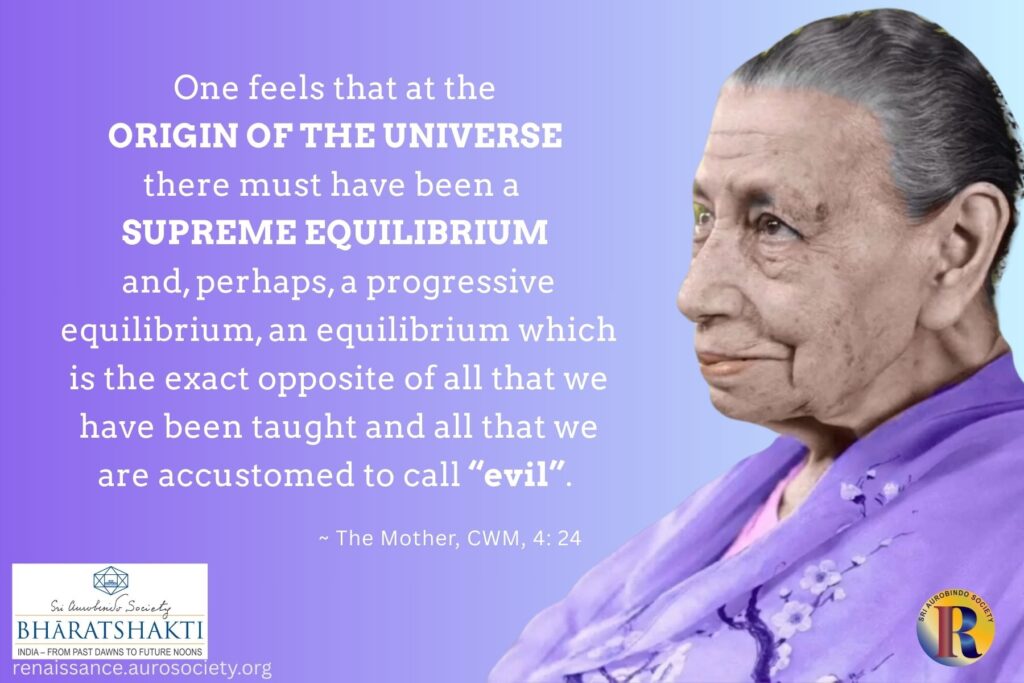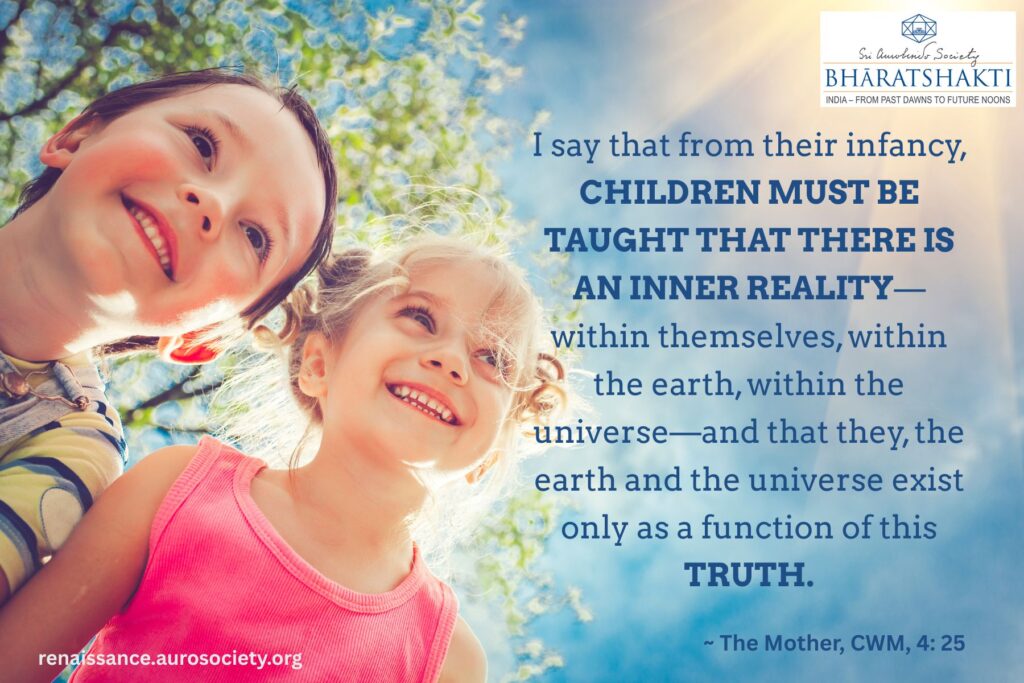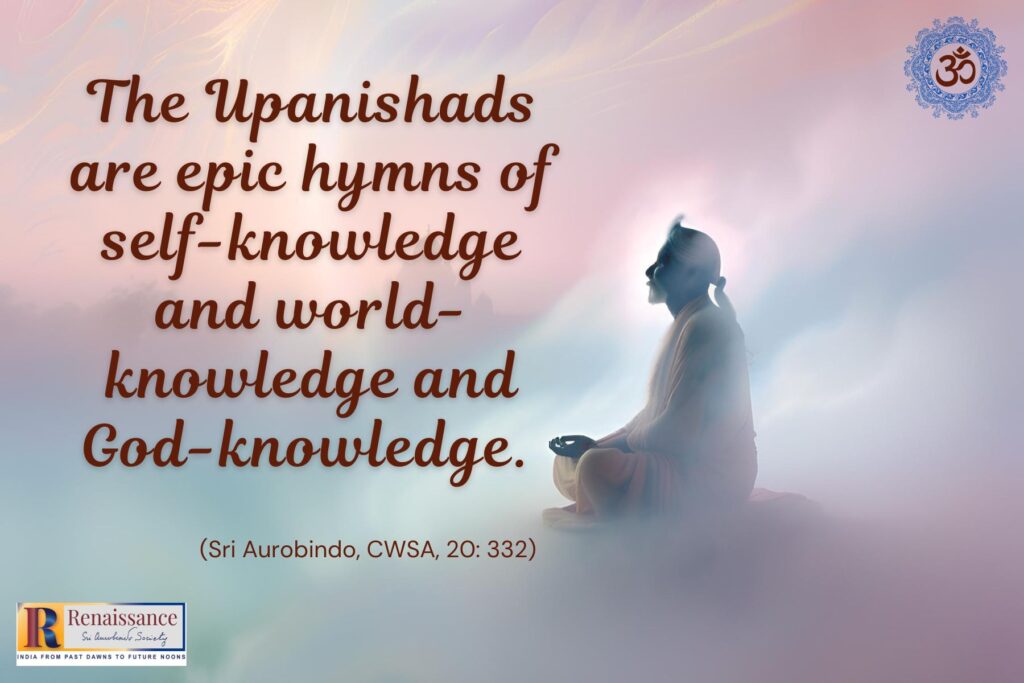Editor’s note: The author reminds of the true place family and human relationships have in the larger scheme of human life and its spiritual destiny and aim. He speaks of the attitudes of detachment (vairagya) and evenness of mind (samatvam) that we must cultivate towards our human relationships while pursuing the path of Yoga. And to illustrate this he includes a powerful Zen story and a brief commentary on it. This story and commentary is included in his upcoming book titled, “An Oak Tree in the Garden – Exploring the World of Zen”.

का ते कान्ता कस्ते पुत्रः
संसारोऽयमतीव विचित्रः ।
कस्य त्वं कः कुत आयातः
तत्त्वं चिन्तय तदिह भ्रातः ॥
Kaa te kaantaa kaste putrah
Samsaaroyam ateeva vichitrah
Kasya tvam kah kuta aayaatah
Tattvam chintaya tadiha bhraatah
Translation: Who is your wife? Who is your son? Supremely strange indeed is this samsara. Of whom are you? Where have you come from? Think of that Truth here, O brother! (Adi Shankara’s Moha Mudgara, Verse 8)
Aristotle declared that man is a social animal. Man can hardly survive in isolation. And when he does survive in isolation, that itself becomes a story like that of Robinson Crusoe. So as per this wisdom, the rightful and true place of a man is amid society, amongst his fellow human beings.
The institution of home, family relations, no doubt, have a beneficial influence for the growth of the individual. Yet sometimes they can become a source of bondage and a great cause for stress. Man and woman must live, no doubt, in a spirit of togetherness but Kahlil Gibran sounds a note of caution in The Prophet:
Let there be spaces in your togetherness
And let the winds of the heavens dance between you.
Love one another, but make not a bond of love. . .
And stand together yet not too near together:
For the pillars of the temple stand apart…
There should not be a clinging attachment or a desire to possess and dominate. Without some level of detachment, human relations become toxic and suffocating.
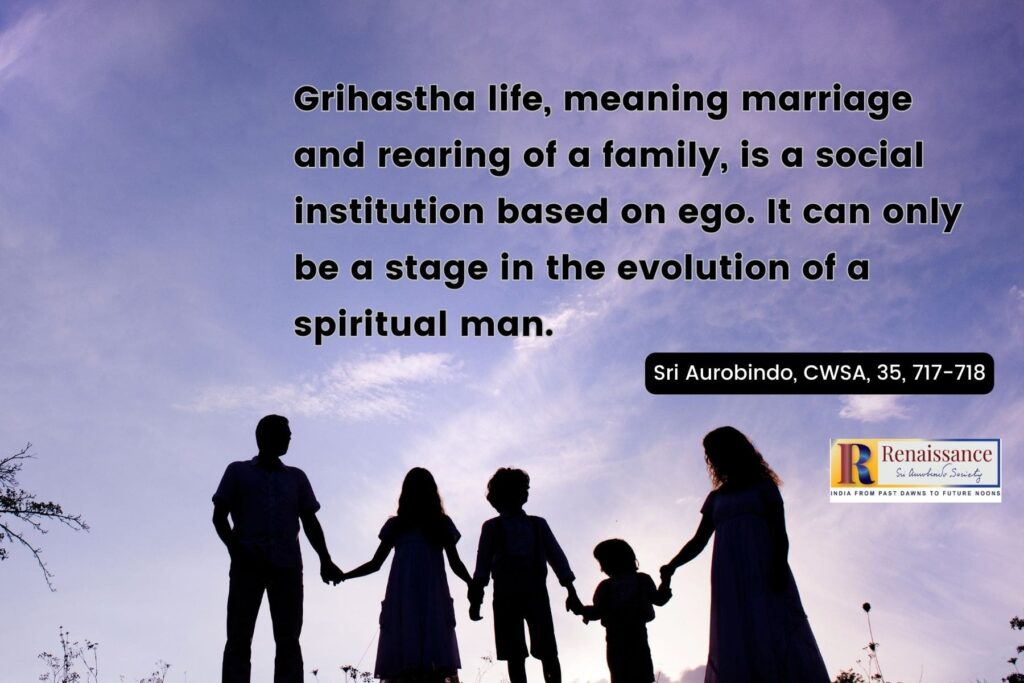
Family is a field of trial and test; a station in life which is helpful for our growth. But family is not the final destination of life. We should have the intellectual maturity to understand that we are not in this world just to maintain a family! But we find that for many people, the maintaining of their family becomes the sole purpose of their lives.
Shankara, the great acharya asks us to enquire: Who is your wife? Who is your son? In life, man and woman are born independently and must die and depart alone. What is the purpose of life? Is it the maintenance of the wife or the husband? Bringing up children is also one of the responsibilities that we perform. But are we in this world for that purpose? We say, my wife! my son! But do we know who the person is, who is saying “My wife,” “My son?”
Shankara is asking – To Whom do you belong? From where have you come? To whom do I belong? Why am I in this world? Where are we going? Do we know the answers to these questions? We don’t know our own identity; we do not know why we are performing this journey of life and yet we are foolishly saying My wife, my son – all the time! How strange is samsara, says Shankara.
Yes, family is important for our physical and vital well-being but we should remember that we are not in this world just to maintain a family. God has sent us here with a spiritual and divine destiny. We should try to find out what that destiny is.
Yes, we should fulfil all our family responsibilities but we should not make the mistake of believing that that itself is the purpose of life. We should ask ourselves why are we here in this world? What is the purpose of life? Shankara addresses us as a brother and says think about this Truth my brother.
Here’s what Sri Aurobindo has to say about human relations:
These [human] relations can never give a full or permanent satisfaction; if they did, there would be no reason why the human being would ever seek the Divine. He would remain satisfied in the ordinary earth life. It is only when the Divine is found and the consciousness lifted up into the true consciousness that the true relations with others can come.
~ Sri Aurobindo, CWSA, Vol. 31, p. 283
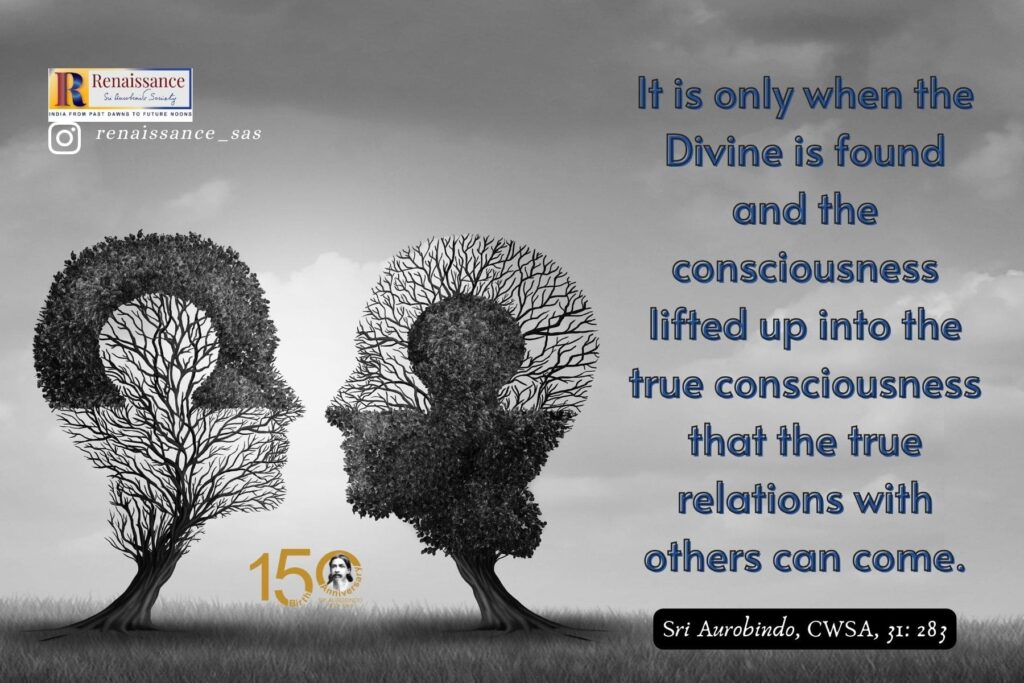
So, detachment (vairagya) and evenness of mind (samatvam) are the right attitudes to have towards human relations.
But how can we cultivate vairagya and samatvam when we are so attached to our human relations? The answer is — by the practice of Yoga. To become detached from something, we must attach ourselves to something else. And Yoga is about becoming attached to the Divine. Yoga is derived from the word yuj, that is, to unite. Unite with what? With the divine. To be in Yoga means to be in a union with the Divine.
A sincere aspirant on the path of Yoga advances further if one has a shining example in front of one’s eyes as to how an accomplished Yogi deals with human relations while living detachedly in the world. This has been beautifully demonstrated in the Zen story titled Is That So?
Zen Story: Is That So?
The Zen master Hakuin was praised by his neighbours as one living a pure life.
A beautiful Japanese girl whose parents owned a food store lived near him. Suddenly, without any warning, her parents discovered she was with child. This made her parents angry. She would not confess who the man was, but after much harassment at last named Hakuin.
In great anger the parents went to the master. “Is that so?” was all he would say.
After the child was born, it was brought to Hakuin. By this time, he had lost his reputation, which did not trouble him, but he took very good care of the child. He obtained milk from his neighbours and everything else the little one needed.
A year later the girl-mother could stand it no longer. She told her parents the truth – that the real father of the child was a young man who worked in the fish market.
The mother and the father of the girl at once went to Hakuin to ask his forgiveness, to apologize at length, and to get the child back again.
Hakuin was willing. In yielding the child, all he said was: “Is that so?”
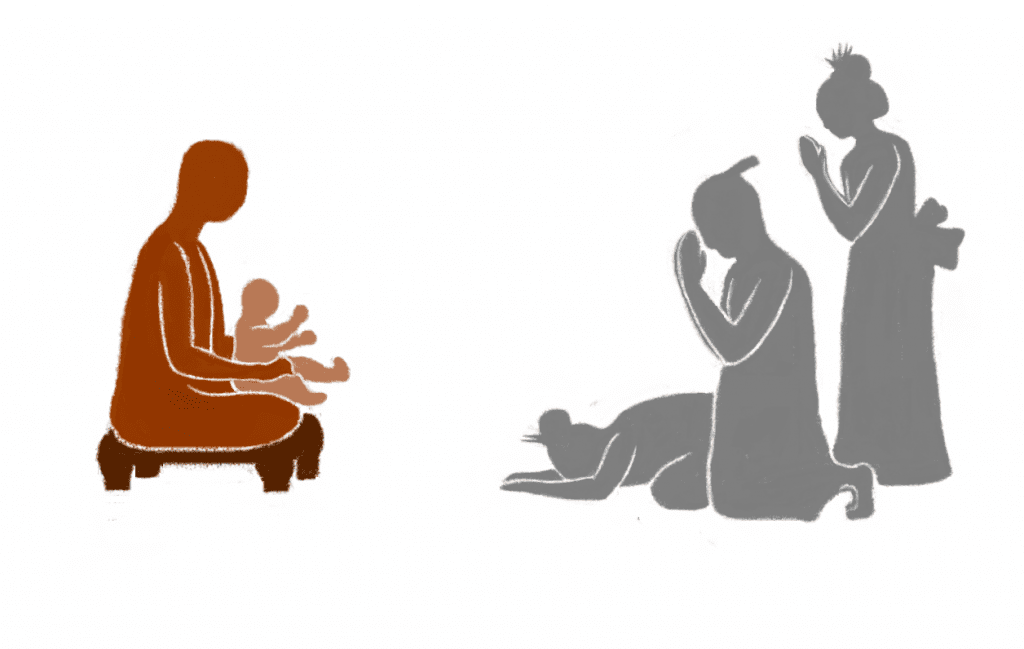
Commentary on the Story
We are all creatures driven by emotions. What is the main driving force of our lives? Rationality? Wisdom? If we are honest with ourselves, we would have to admit it’s the emotions; the physical and vital cravings that mainly drive us.
A young girl got pregnant. That was the result of desire and lust. But she was afraid of her parents. So instead of naming the actual father which would have made her guilty in the eyes of her parents — to escape their wrath, she named Hakuin.
Immediately, the anger of the parents gets deflected and the entire anger now fell on Hakuin. When an elderly, respected man is accused of impregnating a young girl, it is natural to blame that man. The young girl immediately gets sympathy. Poor girl, she is innocent. What can she do if an elderly, lecherous man traps her? She is not at fault. She is too young to know. That man is the villain. He is a dirty old man.
In great anger the parents went to the master. How dare you? How could you do this to our young innocent child? And all the rest that can be imagined.
“Is that so?” was all the Master would say. Supreme detachment. Not a word of protest, not an iota of anger at this gross injustice. But a silent acceptance of what is.
Didn’t Hakuin know that someone else was responsible for this misdeed? Then why didn’t he protest? Because he was a man who acts out of compassion and wisdom. He understood that the young girl must have been in some great difficulty to name him. Perhaps naming him was the only option she had to save herself from the anger of her parents.
This is the true test of Zen. And of Yoga. A Master may be enlightened, but the test of that is how he conducts himself in the world. Nirvana is not an end in itself. The Bodhisattva ideal of Mahayana Buddhism is about postponing our own Nirvana and liberation as long as there are suffering human beings all around.
Alan Watts reminds us of a Zen teaching that nobody can find Buddha in a Paradise until he had found it in himself and in other sentient beings. And nobody could expect to find enlightenment in a hermitage unless he was capable of finding it in the life of the world.
When a monk who had taken up the Bodhisattva vow was asked where he would like to go after attaining Nirvana, he replied, “To hell! For that is where I would be required.” That is the Bodhisattva ideal. That is compassion. A lived spirituality and holiness. Not sitting in the clouds and merely pitying the lesser mortals who are struggling with their sins and weaknesses.
In Sri Aurobindo’s mystical-spiritual epic, Savitri, after winning her victory over Death, Savitri even rejects the joys of everlasting heaven with the words:
I climb not to Thy everlasting Day
~ Savitri, Book XI, Canto 1, CWSA, Vol. 34, pp. 685-686
[. . .]
Earth is the chosen place of mightiest souls;
Earth is the heroic spirit’s battlefield
The forge where the Archmason shapes his works.
Thy servitudes on earth are greater, King,
Than all the glorious liberties of heaven.
[. . .]
In me the spirit of immortal love
Stretches its arms out to embrace mankind.
Too far thy heavens for me from suffering men.
Imperfect is the joy not shared by all.
In a magnificent statement rejecting Heaven (Everlasting Day) for Earth, Savitri is saying that her rightful place of work is on Earth where human souls are struggling in the spirit’s battlefield. For her, the servitudes of earth are greater than the glorious liberties of heaven; her immortal Love wants to embrace and encircle the hearts of all. This too is compassion for the struggling souls, where one’s own liberation is secondary.
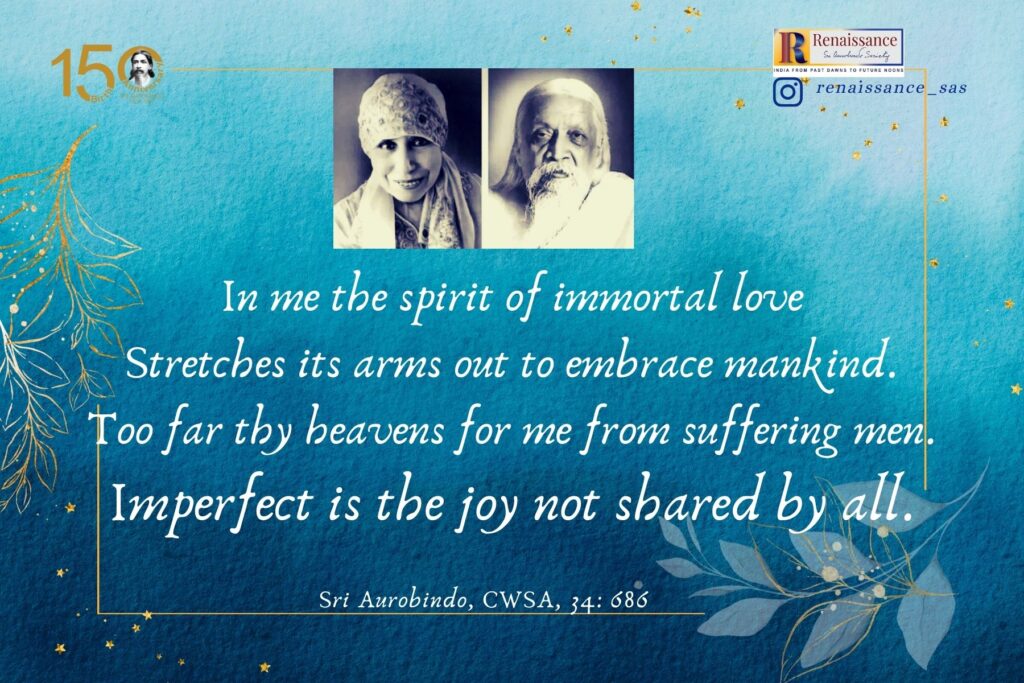
When an enlightened Master acts out of compassion for the struggling creatures, things like his personal reputation, praise, infamy, blame – all these appear nowhere in his mental space. Because he is way above them. He doesn’t act out of emotions like we do.
Savitri too, is not being emotional in her heroic stand. As an embodiment of the Divine Shakti, she is acting out of a divine compassion for the struggling souls on earth.
Let us go back to Hakuin in our story. Even after losing his reputation – which did not trouble him at all – he was taking very good care of the child, procuring milk and all other requirements of the child. He was just doing what is to be done with supreme detachment, serenity and compassion. He was acting with a perfect equipoise of the mind in the spirit of the Bhagavad Gita (Chapter II, verse 38):
सुखदुःखे समे कृत्वा लाभालाभौ जयाजयौ ।
ततो युद्धाय युज्यस्व नैवं पापमवाप्स्यसि ॥
Sri Aurobindo’s Translation: Make grief and happiness, loss and gain, victory and defeat equal to thy soul and then turn to battle; so thou shalt not incur sin.
That is the way of the Yogi, the mental equanimity of a Yogi. Hakuin is a Yogi, a complete Master of himself. Earlier he had received praise, he was indifferent. Then he lost his reputation. Both praise and blame, reputation and infamy – they were all the same for him. For he was above them. What do these fickle emotions that trouble human beings like us, matter to a Master, a Yogi? He is not troubled by the froth and bubbles that emanate from human relations.
As the story unfolds after a year the young mother can’t stand her own falsehood and tells her parents the truth about the child’s father. It was a young man who worked in the fish market and not Haikun.
A holy man has been silently suffering infamy because of her. How could she do such an abominable thing? Her conscience was awakened and she owned up to her misdemeanor. Now she was driven by guilt. Poor girl, how was she supposed to know that Hakuin was way above all emotions that are a normal part of human relations?
Upon learning the truth, the girl’s parents quickly go to Hakuin to ask for his forgiveness, and to get the child back. Hakuin was just as willing to give up the child as he was when accepting it as his own. While giving back the child, all he says again is: “Is that so?”
Not a word of condemnation. Again, a total acceptance of what is. There was not a triumphal display of righteousness. No proclamations of innocence. Not even a word hinting that, “I am happy that you people have come to know the truth. I was blamed unjustly as you can now see.” No, none of that. Just a divine serenity. Once again, only these words: “Is that so?”
Also read another Zen story retold by the same author:
The Tunnel

~ Design: Beloo Mehra
~ Illustration for the story ‘Is that so?’ by Nandini Mukherjee

